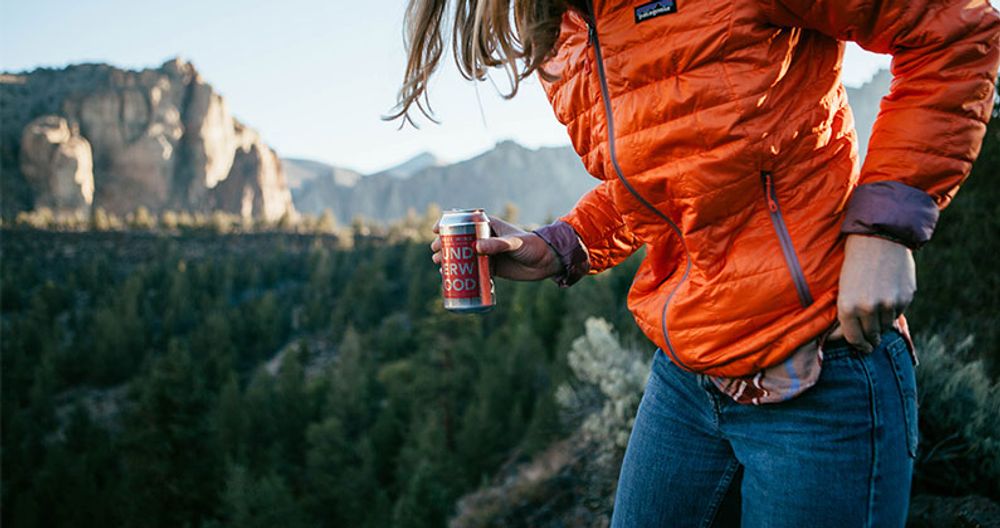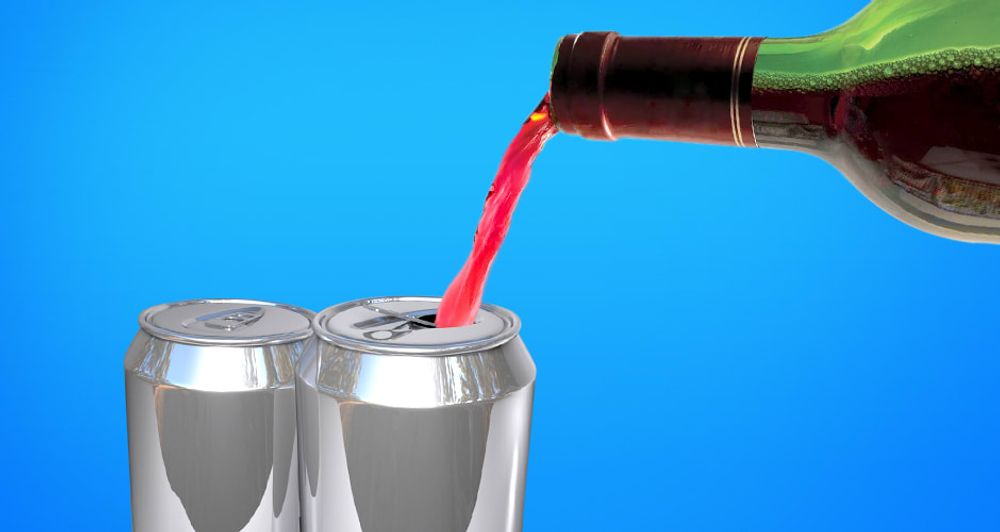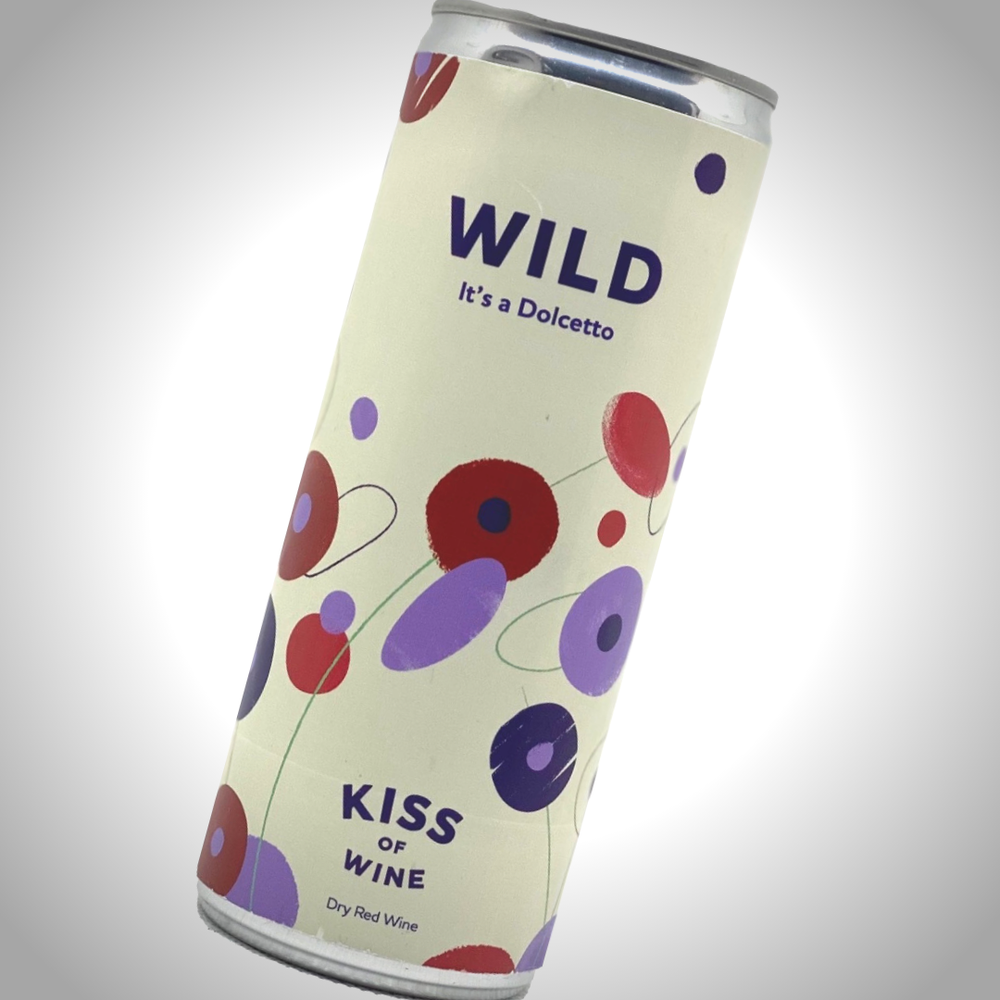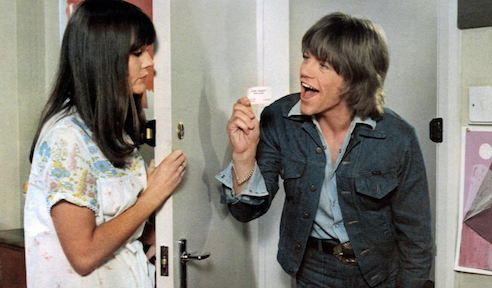“You might not realise it but, as an industry, we’re already in a race to save the reputation of canned wine. Many people on these calls are expecting wines that they can buy for £2 in supermarkets,” says Turner
I do apologise for the title. Anyone reading this hoping for some Robin Askwith-related 1970s smut is going to be disappointed. All I can offer is another of those long gushing pieces about how canned wine can save the world one ring-pull at a time. Well, sort of.
The reason I went with this title is that for the last six months or so I’ve been busting my arse trying to get as much consumer feedback as I possibly can about whether this is actually going to work or not. It’s all well and good us talking about the virtues of wine in cans but if no bugger buys them, or the general wine drinker public can’t get past that initial “wine? In a can?” mental block, then it’s game over before it’s even begun.
Feel Good Grapes, the company I started in late 2019 with Toby Flood (or “the veteran, Toby Flood” as he’s now known on BT Sport), came into lockdown as a super small e-commerce retailer with lofty plans of all kinds of consumer events. Covid was a bit of shit in terms of what it initially did to that business model, but Lockdown 3 (or whatever it is now) went a bit weird in January. The lovely team at The Three Drinkers put in a good word for me with a couple of their contacts and, before I knew it, we were tapped into rush demand for online tastings to get everyone through the drudgery of what we all hope will be the last few weeks of the pandemic struggle.
I had initially thought that three full bottles sent out to each person on the tasting would be fine. I couldn’t bear the idea of sending out the little glass vials or half bottles – ridiculously carbon intensive to make and nearly the same to recycle, if they make it that far. But it soon became apparent that punters wanted smaller format options. Whether from a price point of view or a “I don’t drink that much” aspect, I needed to think of an alternative. Was this the right time to launch canned wines on the punters? Would they go for it? Would they ever!
You start these tastings with a sea of curious, and sometimes indignantly unimpressed faces. What have their boss or social secretaries organised for them? Wine in a can? Budgets must be feeling the pinch if this is what they’re sending us! I’m not going to give you the full nine yards about how or why it happens, but over the course of trying these wines, these GOOD wines, that just so happen to be in cans, the majority become converts. It’s hand-selling Covid-style, and it’s working. What follows is a few recurring themes…
People are switched on to sustainability
Whenever the word “sustainability” passes my lips I always feel like the QI klaxon is going to go off at record speed. It’s right up there with “artisan” as one of the hateful buzzwords of our time. That’s not because it’s not the most pressing issue in agriculture, it’s more that it means 1,000 things to a 1,000 different people. It’s a complicated issue.
But the upside of cans is easy to explain, and you’d have to be a hard-nosed bastard not to understand that a tried-and-tested packaging option – albeit with different liquids – that is infinitely more recyclable with a vastly lower carbon footprint (some estimates as low as 5% compared to glass bottles) is quite a useful addition to the world of wine.
I tend to start with that. Bit harsh maybe, but it means that if someone wants to rubbish putting wine in a can, then they have to argue against that little detail. In fairness, some have tried. What can you do?

Photo by AJ Wells/Union Wine Co.
Small formats have their place
When I first started getting into the wine trade I decided to get a market stall to find out what people wanted to know. Within a short space of time I was amazed at how many people wanted half bottles. Whether they lived on their own, or their other half just didn’t like the same wines as they did, or a plethora of other reasons. The market is clearly there, so why weren’t there more half bottles around?
I later found out that one reason was the prohibitive marginal expense of half bottles to the producer. Well cans are a lot cheaper from a producer’s point of view, and from a punter’s point of view they’re easier to store, chill quicker, and the second-half-of-that-bottle-you-opened isn’t calling you to finish it off in one go. My Dad’s now cut his drinking down by well over half since he’s found Kiss of Wine’s Dolcetto.
Quality of the wine
You might not realise it but, as an industry, we’re already in a race to save the reputation of canned wines. Many people on these calls are expecting wines that they can buy for £2 in supermarkets. When you hit them with a high end Napa Merlot like Larkan Red, or the tangy and mineral-rich Grüner from the Canned Wine Co., it tends to be a bit of a lightbulb moment. The words “pleasantly surprised” get used a lot.
The fact that I’ve got that standard of wine to show out is thanks to the faith and risk of companies like the Canned Wine Company, Copper Crew, Kiss of Wine, James Hocking Wine, Nekter Wines (and more) to take a punt, pay up to get them produced or imported, and then hope to God they sell. Thank you to all of them.
Labels
Labels and the artwork possibilities have been highlighted in columns and videos by wine luminaries such as Joe Wadsack and Victoria Moore as an extra selling point for your favourite wines.
I’m a slightly reformed maths geek, so the world of design is not really my forte, but whether I’m doing bottle or canned wine tastings I always ask people which labels they prefer. Which would they happily pick off the shelf? The joyous thing is that, of course, no-one ever agrees. Even the minimalist Larkan design was a favourite for one lad who travels up and down the country following his football team, because it was 375ml in size and jet black, so he could get away with chugging it on the train without getting grief from his mates.
On the flip-side I’ve had a client, who was the only one with cans at a bottle tasting (that I asked a freelancer to run for me), get really annoyed with me because she swore that I’d sent her two wines and a beer. That ‘beer’ was the Ferdinand Albariño. How do you politely point that out without getting a one star Google Review?!

The same wine needs to go in both can and bottle
What next for canned wine?
Our glorious leader here at The Buyer, Peter Dean, sent me a recording of a recent online get-together by the California Wine Institute (CWI). It included Jon from Nekter Wines, James Hocking, and Richard Ellison of Wanderlust Wine. I get Ferdinand cans from Jon and Larkan from James, so when the topic came up I was really interested in their views and the constructive chat about the future in the UK market of cans.
Jon made reference to Ferdinand proudly putting the same wine in cans as they do in full bottles. That needs to continue. We’re about to start bringing in what I believe will be the first (in the UK at least, although feel free to tell me I’ve missed something) AOC certified wine in cans from France later this month, with Anne-Victoire Monrozier’s Fleurie AOC and a Muscadet AOC. The same wine gets put in bottles. It normalises the conversation, and it’s not about being a gimmick. It’s also the only way of getting people to slowly pay up for the better wines. £12 for a half bottle of Napa wine is not a hard sell. £12 for a half bottle-sized can is. It only works if the wine is 100% the same quality.
Another conversation that I have quite a lot on the line with punters is at what point does it break into restaurants?
I’m a part-owner of a restaurant and I know this could really help with having more wines by the glass or smaller format. But would you proudly put a can on the table of a punter like you would with a bottle? It came up in the CWI chat and, again, it was Jon that declared it was about owning the argument and getting it out there. Of the feedback I’ve had from clients over the months, probably the one I like best is to pour it secretly behind the bar, then once they’ve enjoyed the wine, do a grand reveal at the end of the empty can and make it ‘a thing’ that way.
We have to remember that all these conversations have happened against the backdrop of Lockdown. Canned wine comes into its own for the outdoors, for picnics, for festivals, for camping trips, for travelling. Of which we’ve done absolutely none of for over a year. Looking hopefully at the not-too-distant future, outdoor activities look set to resume over the summer and, as many of these become increasingly sustainable (sorry, I said it again!) and glass-free affairs I think they’re going to fly. I’ve got lofty ideas of getting a stall at the Test Matches or a tent at Bestival at some point so, if anyone knows any contacts, give me a shout!
Canned wine definitely has a place in the UK wine scene, if those of us in consumer-facing roles can be half as brave and open-minded as those putting their money and reputations on the line to can wines and import them in the first place. But only if.
3 great canned wines to try

Kiss of Wine “Wild” Dolcetto
One of the real successes of the fledgling European canning companies, Kiss of Wine is based in Berlin and has a range of incredibly easy drinking wines with catchy titles, such as the “Zesty” Riesling or the “Smooth” Chardonnay. But it’s the Dolcetto I’ve decided to go for. I fell in love with wine in Piemonte, and Dolcetto is the wine of choice when we spend time out there. The great thing is when you find a fruit-driven wine that works great when poured into a glass or drunk straight from the can. The cherry and plum hit of this Dolcetto is just that. (Imported into the UK by Kiss of Wine. RRP £5.00 for 250ml)

Defy Wine Organic White
One of the newer companies on the scene, Defy wine currently has just the one wine, a Trebbiano from Abruzzo. Dry white wine, organically certified from vineyard to can, this is a lime citrus and blossom aperitivo, with plenty of minerality to take you through to summer salad territory. (Imported into the UK by Defy Wine. RRP £6.00 for 250ml)

Larkan Red
Possibly the best red wine in a can on the market right now. This high end Napa Valley Merlot from Sean Larkin is exactly what you’d expect. Concentrated red and black fruits, sweet spice, savoury notes, velvety texture, long finish. Just beautiful. The price can be a sticking point, but that’s Napa for you, take it or leave it! (Imported into the UK by James Hocking Wine. RRP £12.00 for 375ml)
Mike Turner runs Feel Good Grapes, an e-commerce and online tastings company showcasing the increasingly sustainable practices in the wine industry. To contact him use this address: mike@pleasebringmemywine.com
































